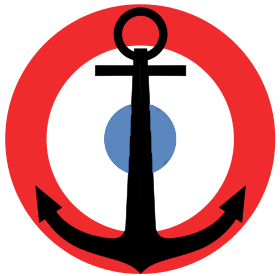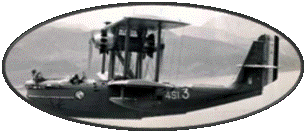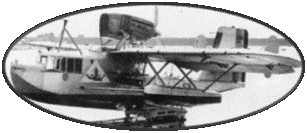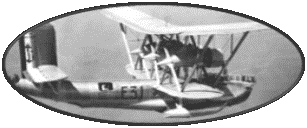The Heinkel HE 115, Reconnaissance
seaplane, bomber and torpedo boat was particularly successful. Its
design was in response to a program in which it competed in particular
with the Blohm und Voss Ha 140. The He 115, winner of the competition,
made its first flight in the summer of 1937. The aircraft was a
twin-engine winged monoplane seaplane medians, with two floats.
As soon as it was launched, it set 8 world records, whether in terms
of distance or in load transport.
Production was launched in
1938 in the initial version HE115 A-1, followed quickly by Version
A-2, 6 of which were sold to Norway in 1938, and 6 others to Sweden
in 1939.
When the conflict was declared
in September 1939, around sixty Heinkel HE115 units were fitted
to the Kriegsmarine. Version "B" was launched quickly.
This one, planned for the laying of mines, had an increased autonomy,
but always suffered from a defensive armament much too weak.
The first missions consisted
in laying mines along the British East coasts. The losses will be
heavy, since the two units in charge of these operations, which
will last nearly 18 months, will lose 33 aircraft.
Note that 3 Norwegian crews
delivered their aircraft to the English, after the Germans had invaded
Norway. One of them, made up, will be used to transport agents in
the occupied territories of the Mediterranean.
The HE115 C-1 version was
launched at the end of 1940. The defensive armament was finally
reinforced and the C-2 version, released in 1941, will be fitted
with reinforced floats to support landings on ice or snow. Followed
by the HE 115C-3 and HE 115C-4 versions respectively intended for
mine laying and torpedoing. This latest version will have great
success during the attack on convoys bound for Russia in the North
Sea, in particular during the attack on convoy PQ17 which lost 26
of the 37 ships that made it up ...
Faced with the growing needs
of the German industry, the production of He 115 was stopped in
1941 in favor of more strategic materials. The manufacture of HE115
only resumed in 1942 and stopped definitively in 1944 after the
delivery of 140 new Heinkel HE115. About 500 copies of Heinkel HE
115 were produced during the War.









